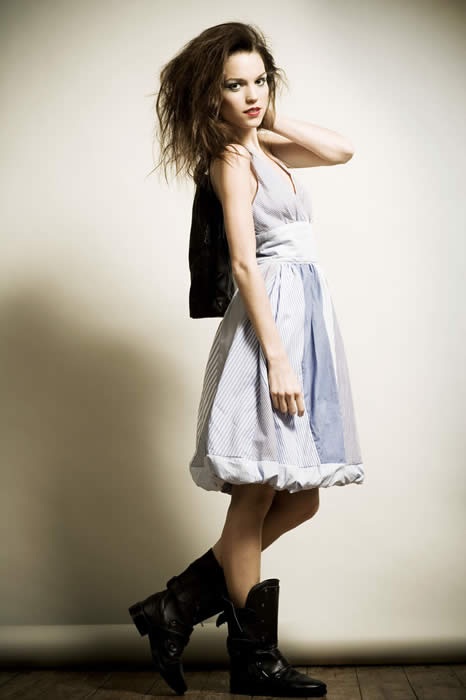For some time I have been reflecting on the amount of clothes I seem to buy, wondering why I am always needing more, and pondering why it seems that clothes just don’t last as long as they used to. I wondered whether it was simply that I was tending to buy sale items or from cheaper outlets, and this is why they were wearing out or losing shape after just a few wears, resulting in me needing to throw them out and buy more. I started spending more, with the assumption that buying from bigger labels meant better quality and hopefully longevity. Not so. I just ended up with fewer items AND less money.
When I lived in Australia, it was common practice for me to scour the charity shops and markets for clothing, because it fit with my style, was cheaper, and I would often find unique items which I was unlikely to see walking past me on someone else. On reflection, it always seemed that the pre-loved or recycled items I bought lasted longer too. I guess this is probably because they have been worn, washed, and worn again many times over before I got them – they had already proved their resilience by the time they found a new home in my wardrobe.
When I moved to London, over time, I slowly got sucked into the same way of thinking as many other Londoners, that is – looking the part, wearing the labels, and only ever went into a charity shop if I needed something for a fancy dress party. It’s interesting, though, that in London, if you can pass the item off as “vintage” as opposed to “used” or “pre-loved”, they will happily triple the price and your money goes into the pocket of some hipster instead of to one of the many charities supporting the needy.
What I had also realised though, is that after a while, the unique aspects of the way that I had previously dressed were less often seen, and slowly but surely I began to resemble many of the 8 million or so other people wearing the “London Uniform” and conforming to what is a very generic and superficial sense of style, image and value.
I have recently watched a film called “The Age of Stupid”, set in the future we watch on as an archivist looks through film and news footage from 2008 in an attempt to understand why humankind did nothing to address the issue of climate change, despite all of the warning signs. In the words of William Nicholson, writer of Shadowlands and Gladiator, “I hate this film. I felt as if I was watching all my own excuses for not doing anything about climate change being stripped away from me.”.
I started to think more seriously about climate change and wonder about my contribution as it relates to my clothing dilemma. I know to recycle, I minimise paper waste, and I buy long-life light bulbs. What I didn’t know what exactly how my clothing choices impacted so significantly on my carbon footprint.
I started by doing some research. Overconsumption is a major factor in climate change. We buy much more clothing today than we did a generation ago, and too much of it is what is known as “disposable fashion”. Shops like Primark, selling low-cost clothing, are going from strength to strength in the current climate or austerity, with their stores becoming bigger each time a new one opens. These types of brands are careful to point out on their websites the ways in which they are trading ethically through supporting their workers in overseas countries, and through their use of biodegradable packaging such as paper bags instead of plastic. What is less clear is the end result of millions of people buying these cheap items which quickly become un-wearable and are designed to worn a few times before being thrown out and replaced.
In 2006, a report called “Recycling of Low Grade Clothing Waste” for Defra found that around 1.5 – 2 million tonnes of clothing and textiles waste are discarded every year in the UK . Of this only 16% (300,000 tonnes) is currently reused or recycled with 63% (1.2 million tonnes) ending up in landfill.
What we wear, how and where it is made, and what happens to it when we are done with it all have potential to have either a positive or negative impact on our communities and our futures.
I made a pledge that I would commit to a year of buying only second-hand clothing, whilst at the same time – researching as much as I could about the impact of the fashion and textiles industry on climate change and sharing this anyone that will listen. This is where it all began.
Posted in
Climate change,
Environment,
Events,
Fashion,
Uncategorized and tagged
Climate change,
Clothing,
Environment,
Ethical,
Fashion,
Fast fashion,
Recycle,
Sustainability |

